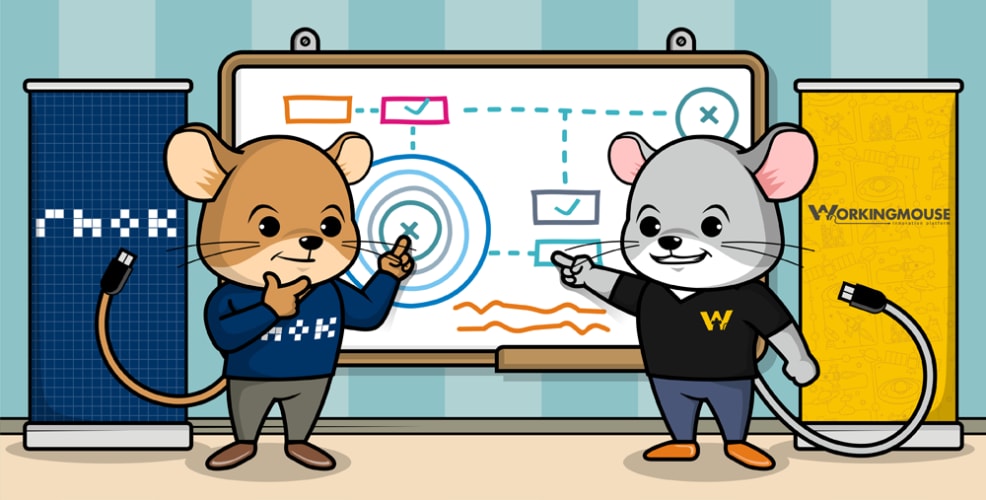On Saturday the team planned our execution. Given that Cane Enabled is a physical product with a software support system we focused on our
strengths and set a goal to 'Create a feasible software MVP for Cane Enabled and a go to market plan for the hardware.' For the hardware we
strategized our route to market. This included funding and MVP, market testing and a sales plan. We set a Go Fund Me goal of $110 which was
raised by Sunday afternoon and organised trials of the prototype in a local aged care facility. The technical MVP comprised of a PVC pipe,
on this we hacked together a buzzer, button, GPS and GSM receiver to facilitate the software functionality. We created a simple App to input
emergency numbers and provide the GPS off the Cane. The smarts came through the integration of the software.
To demonstrate we asked the youngest member of the audience up to the stage. Upon pressing the button the Cane flashed green and set off
30-second beep. Everything 30 seconds our lucky judges received an emergency message from the cane with the location, address and
coordinates. This enabled the cane to be activated in an emergency. To stop the constant emergency messages we invited the judges to respond
'Stop' and the cane returned to normal. Just to really show off we asked the judges to reply to the cane with 'track'. The cane instantly
flashed red and gave off a different tone to show it was being tracked. This was disabled by holding the emergency button on the cane to
stop the tracking. Just think of the confidence and security the elderly and family would feel knowing that help is just a press away.
The judges were impressed by our demonstration but also our plan to trial and engage the market. The fact that Lachlan already raised the
money for his Prototype over the weekend was fantastic and we received the honour of being placed joint first for the weekend.
Summary
Overall, the hackathon was a great experience and it was fantastic to work on such a worthwhile cause. Well done to Samuel Windall and
Lachlan for your effort. Everyone worked incredibly hard, resulting in a professional performance. Thank you to Lachlan for allowing us to
share in his vision and contribute towards a fantastic device.
Our product was just one of many great devices. The organisers behind RHoK should take a lot of credit for the success of the event. Without
a concept and passionate people driving this event, many of these ideas would simply remain ideas.







.png)











